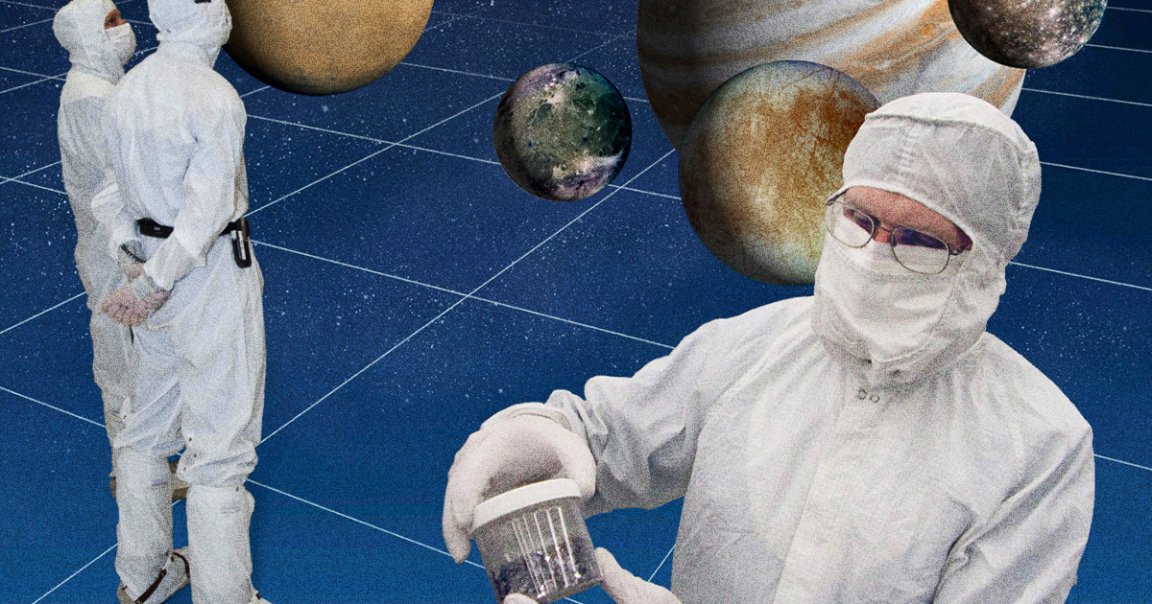
Gas Giant
In a new paper, a NASA scientist is calling on the agency to build and launch a new exploratory probe — one designed, to the delight of us all, to investigate the “mysteries of the Uranus system.”
The proposed probe “will explore how Uranus formed; how much it migrated after formation; the planet’s interior structure, atmosphere, magnetosphere, and ring system; and whether any moons have or once had subsurface liquid water oceans,” writes NASA astrophysicist Kathleen E. Mandt, whose work was published in this month’s edition of the journal Science.
“This mission will serve to inspire and educate multiple generations about solar system history,” Mandt continues, “and the mysteries at its farthest reaches.”
Cosmic Oddity
While Uranus, a pale blue ice giant which, depending on the time of the year, sits roughly 1.6 to 1.98 billion miles from our planet Earth, suffers the unique consequences of having the most undeniably humorous name in the solar system, an exploratory mission would actually be quite exciting from a scientific perspective.
Uranus, as Gizmodo points out, is a particularly bizarre planet. It’s occasionally a little leaky, sits at a strange tilt, and has a boggling 27 moons, among other oddities. And yet, despite the fascinating eccentricities of our solar system’s massive, frozen misfit, NASA hasn’t sent a craft to visit since Voyager 2 conducted a fly-by back in 1986.
“The proposed Uranus Orbiter and Probe (UOP),” Mandt wrote, “will help to determine how Uranus formed and its migration since it formed — the planet’s interior structure, atmosphere, magnetosphere, and ring system — and whether any moons have habitable liquid water oceans.”
And at the end of the day, scientists in the field have long stressed the importance of understanding the planets around us — what they’re made of, how they came to be, and whether they’re capable of supporting life — in the quest to understand how our own world, and the life that exists on it, came to be.
Exploring Uranus will undoubtedly contribute to this deeper understanding of our solar system, and thus of ourselves. As such, according to Mandt, it’s about time that NASA sets its sights — and cash — on going back.
“The space science community has waited more than 30 years to explore the ice giants,” Mandt writes, “and missions to them will benefit many generations to come.”
READ MORE: The first dedicated ice giants mission [Science]
More on Uranus: Here’s What Uranus Scientists Think About Your Disgusting Jokes